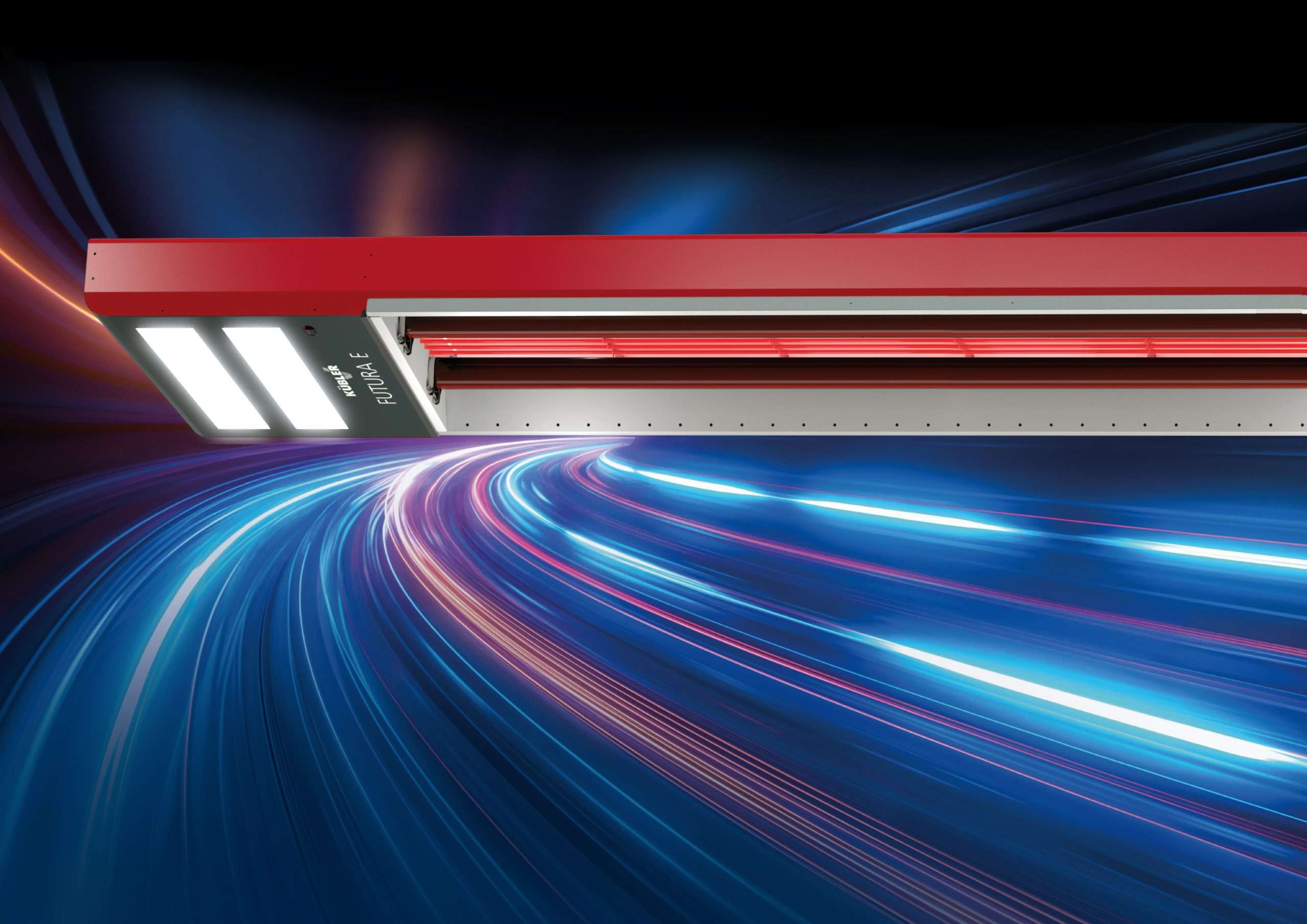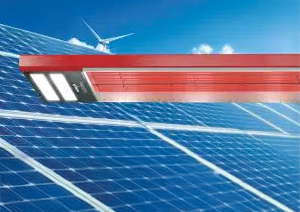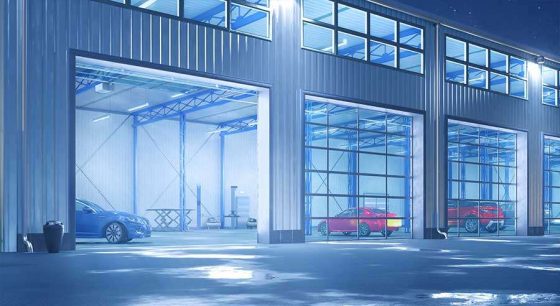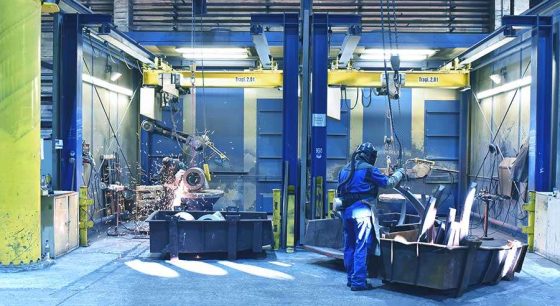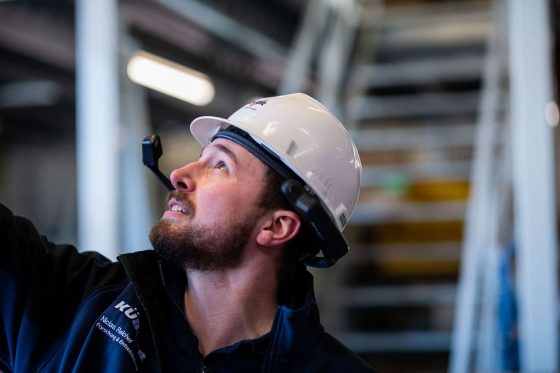The coalition agreement is in place - good news for heating warehouse buildings and logistics properties

Climate protection remains highly relevant for the new German government. The previous climate targets are confirmed - in the full knowledge that global warming is a global problem and that the international community must work together to solve it. Climate protection should bring together economic competitiveness and social balance, with a focus on innovation. The commitment that Germany should remain an industrialized country and at the same time become climate-neutral is important. The plan to keep energy costs moderate in future underlines this.
The next German government wants to exploit all the potential of renewable energies. This includes solar and wind energy as well as bioenergy, geothermal energy, hydropower and molecules produced from these. In our view, this should be seen as a further development, as the traffic lights were still primarily focused on electrification ("electrons") and the topic of hydrogen ("molecules") was only taken into consideration much later and hesitantly. This turnaround is illustrated by the following sentence in the coalition agreement: "For the rapid ramp-up of the hydrogen economy, we need climate-friendly hydrogen from various sources. [...] The long-term goal is to switch to climate-neutral hydrogen, based on a growing share of renewable energy from domestic and imported sources. We want to produce hydrogen both via large electrolysis plants that serve the system and also increasingly decentralized and comprehensive." It also states: "Germany should play a leading role in a European hydrogen initiative."
The building sector remains central to achieving the climate targets. Affordability, openness to technology, Security of supply and climate protection are the new and important goals for the modernization of the heating supply. The new GEG should finally be more open to technology, more flexible and simpler. The achievable CO2-Avoidance is to become the central control parameterwhich will hopefully be a shortcut in the matter. The current GEG focuses on the substitution of CO2 emitting energy sources through the obligation to use a defined percentage of renewable energies. This detour blocked the way for other options. The reduction of CO2-emissions directly as a reference parameter is something we consider to be very targeted and will now be "Europe-compatible". The national building efficiency classes in the GEG are to be harmonized with neighbouring countries and the existing scope of the European Buildings Directive (EPBD) is to be exploited.
The renovation and heating subsidy is to be continued (KTF) and energy-related renovations to inherited properties will be tax-deductible in future.
Our conclusion: There are many good new approaches in the area of construction and renovation, such as accelerating construction, simplifying the GEG in a way that is open to all technologies, maintaining the necessary gas infrastructure, strengthening and planning security for hydrogen and, above all, recognizing and being open to innovation and new technology in combination with simpler legislation. We see promising, pragmatic solutions here. The same applies to turning away from the detailed regulatory frenzy of the past, which would never have managed to reflect the individuality of the technologies for the countless different applications.
It remains to be seen whether the changed framework conditions for halls in particular will make it possible to establish a separate, urgently needed technical building class in the non-residential construction sector alongside multi-storey buildings. But the signs are good. Simplifying outdated, bureaucratic standards such as V 18599 in the short term is also a major challenge. The repeatedly emphasized need to speed up the energy transition with innovations requires a fast track for outdated standards via development applications, as well as the technological opening of the "innovative heating technology" category in the BEG.
If we dare to cut off old beards in order to remove bureaucracy and obstacles to innovation by thinking about the results, we will make faster progress with the energy transition. Only then would it be possible to write a success story with "Energy Transition made in Germany"!
-
"Heating with the windows open" in private households is like "heating with the doors open" in production halls and warehouses. It's great if you can afford this in industry and commerce because production and business are obviously running - unfortunately, this is not a matter of course for many companies in times of coronavirus.
-
Dust-intensive work is not uncommon in production processes. It can become a burden - for people and for machines, such as the hall heating system. What should you pay attention to if you want to protect the health of your employees and at the same time benefit from the heating system for a long time? And is it possible to reconcile one with the other?
-
The most important facts in brief: The European Emissions Trading System EU-ETS 1 has been in force since 2005, which regulates the emissions of energy-intensive companies and the energy industry through certificate trading in accordance with the cap and trade principle. In addition, CO2 pricing (also known as CO2 tax) for fossil fuels was introduced in Germany in 2021 and regulated by the Fuel Emissions Trading Act (BEHG).
-
Nobody thinks about the hall heating when the sun is blazing, the asphalt is glowing and everyone is grateful for the slightest cooling. Or do they? Because anyone who looks ahead knows that summertime is maintenance time. So if you want to start the winter safely with your production halls or warehouses, it's good to be prepared. After all, the next heating period is often around the corner sooner than you think, which raises the question: is your hall heating system fit for the next season?
